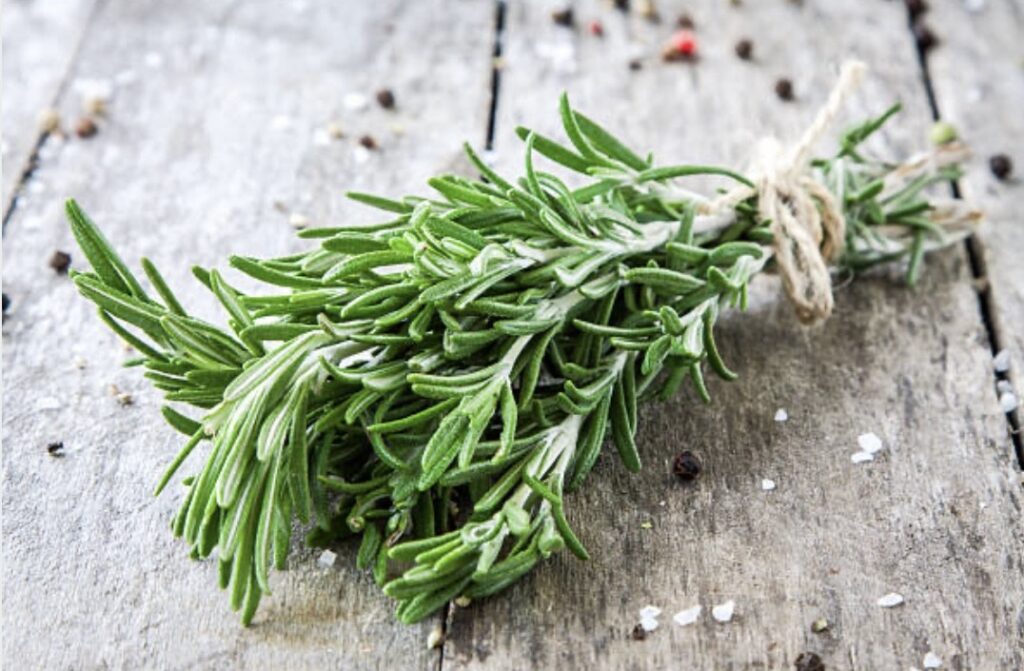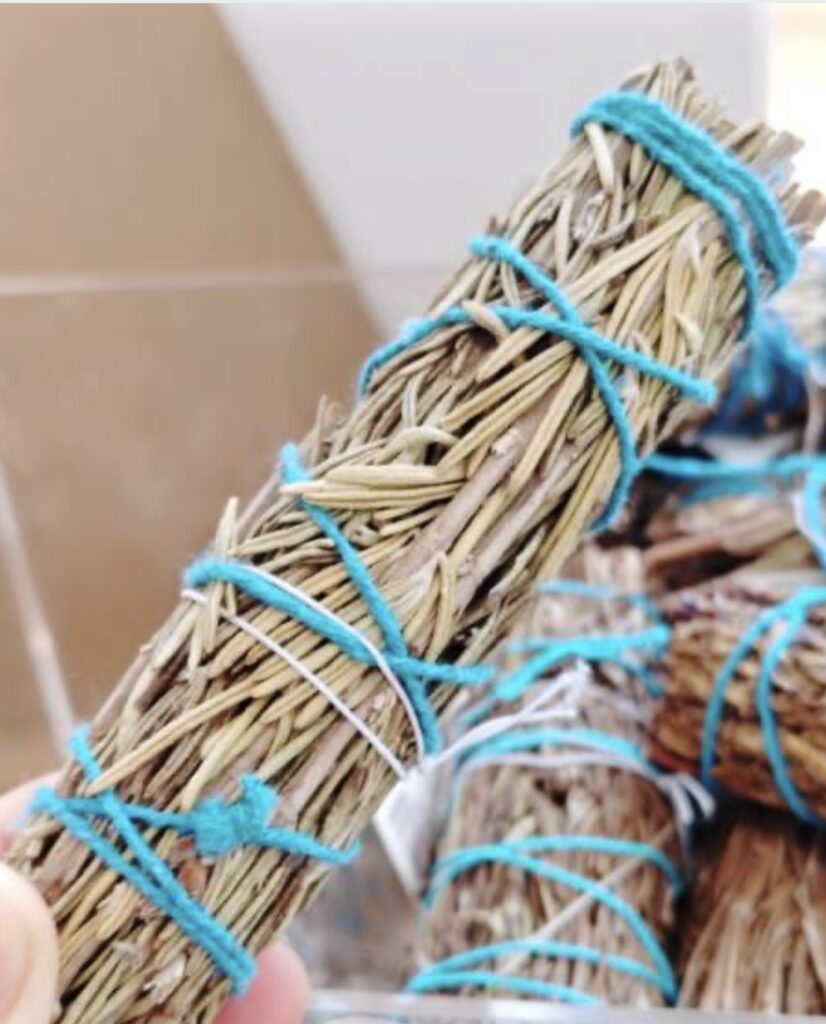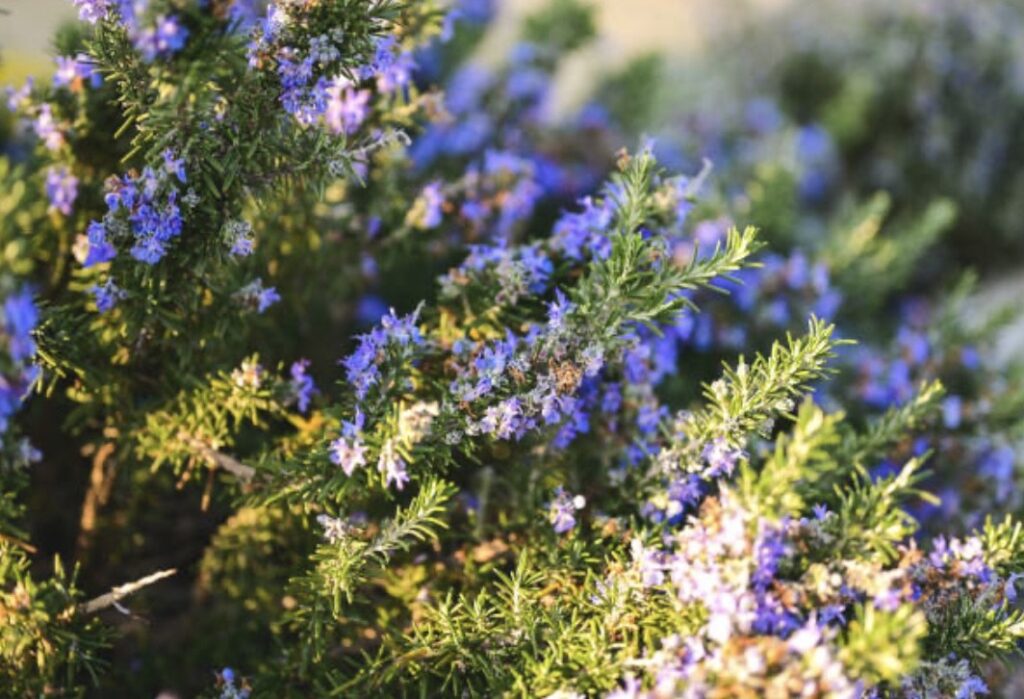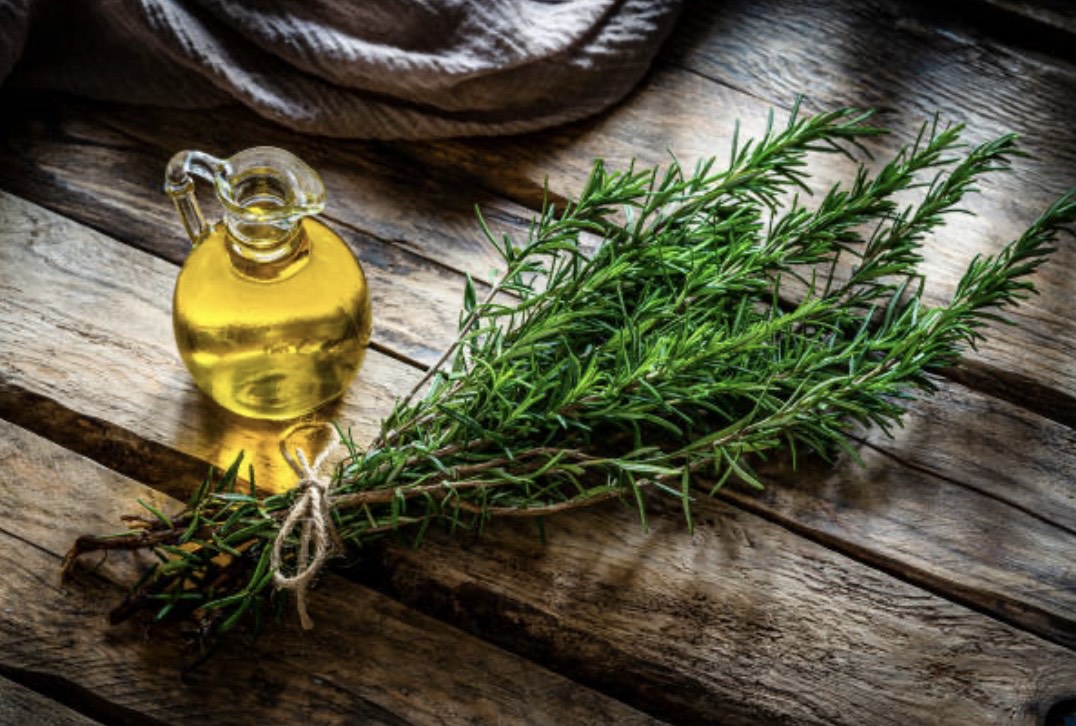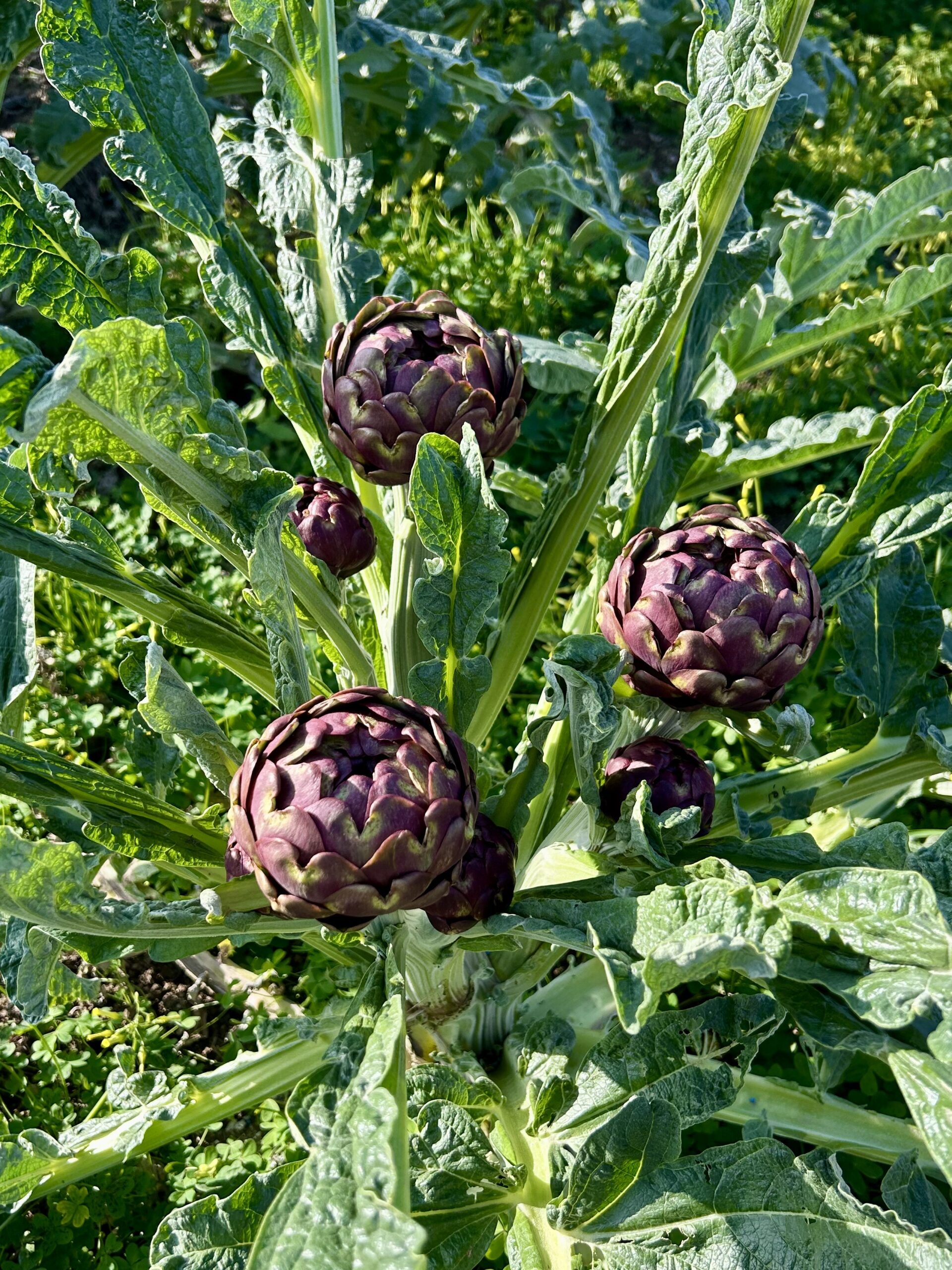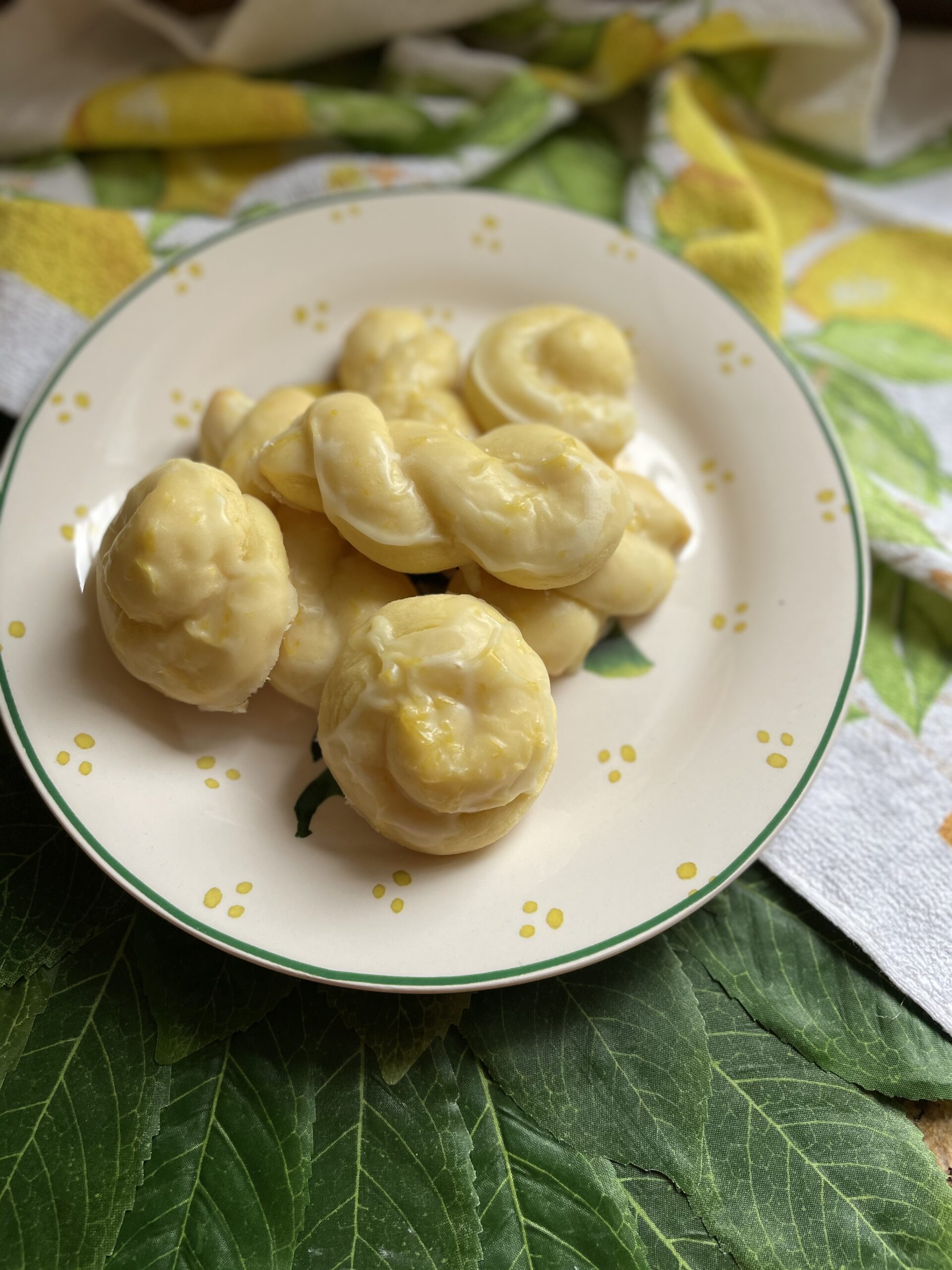For many, spring signifies seeding the garden for growth. In the garden of an Italian Canadian, what you will most often see sprouting from the earth are herbs and vegetables. Of the many aromatics you will find rooted in the soil, one stands out for not only its fragrance and flavoring, but also for its symbolism; that herb is rosemary.
Rosemary has been cultivated for over 5,000 years, rooting itself in myth and folklore. Its name Rosmarinus derives from the Latin for “dew” (ros) and belonging to the sea, “marinus”, in reference to its Mediterranean origins.
We are aware of its widespread culinary use as a flavor enhancer in various dishes; however, it has also been revered for its medicinal properties. It was first recognized as a respiratory aid and was said to have cured the paralysis of the Queen of Hungary during the 13th century. It was later used to treat afflictions such as plague, melancholy, gout, epilepsy and arthritis. It was further used for the treatment of less serious afflictions such as baldness, dandruff and skin ailments.
It has been traditionally used in herbal medicine for its anti-inflammatory and antioxidant properties and in aromatherapy its calming and stimulating effects. Today, rosemary is most often used in soothing teas to remedy a head cold and sore throat and can also be used to help freshen breath.
In addition, it has been powerfully attributed to remembrance. For those, like me, who’ve studied Shakespeare, you will recall the connection between rosemary and memory in Ophelia, “There’s rosemary, that’s for remembrance; pray you, love, remember”. Additionally, the Greeks and Romans adorned their scholars with crowns of rosemary for to energize their minds and assist their memory during exams. (hmm I might have to remember that one for my own children before testing).
The fragrant, woody shrub has traditionally been a symbol of love and fidelity. Its evergreen nature represents longevity and continuity, representing the enduring bond between partners. It also denotes strength, endurance and the ability to thrive through all seasons, which is why it is often included in wedding bouquets and boutonnieres or worn as a hairpiece.
Its evergreen needles are widely held in superstition as protective. Throughout the ages, this herb has been known to ward off evil spirits and witches. It has been used in smudging and purification rituals to stave off negative energy. In addition to burning rosemary, bundles were hung at the front door to keep harm from entering and during the Middle Ages, branches were tucked under pillows to repel nightmare and encourage clarity.
The fragrant foliage also bears religious context. The plant’s ability to thrive in harsh conditions was seen as a metaphor for spiritual resilience, making it a staple in various religious practices. Its Latin name Rosmarinus “dew belonging to the sea” is said to be related to the story of the Virgin Mary fleeing from Egypt. Legend has it that she found shelter next to a rosemary bush and when she threw her blue cloak onto the bush, its white flowers turned blue. Its association with the Virgin Mary lent it a sacred aura, and it was often used to create a reverent atmosphere during spiritual rituals. Furthermore, its scent was thought to be particularly pleasing to the divine.
Christian folklore also claims that the shrubs can live up to 33 years, Jesus’ approximate age at the time of his crucifixion (Jesus of course being the son of Mary).
To paraphrase the aforementioned Shakespeare, “a (rose)mary by any other name would smell as sweet” but would it be as emblematic as this evergreen herb. Buon Appetito!


